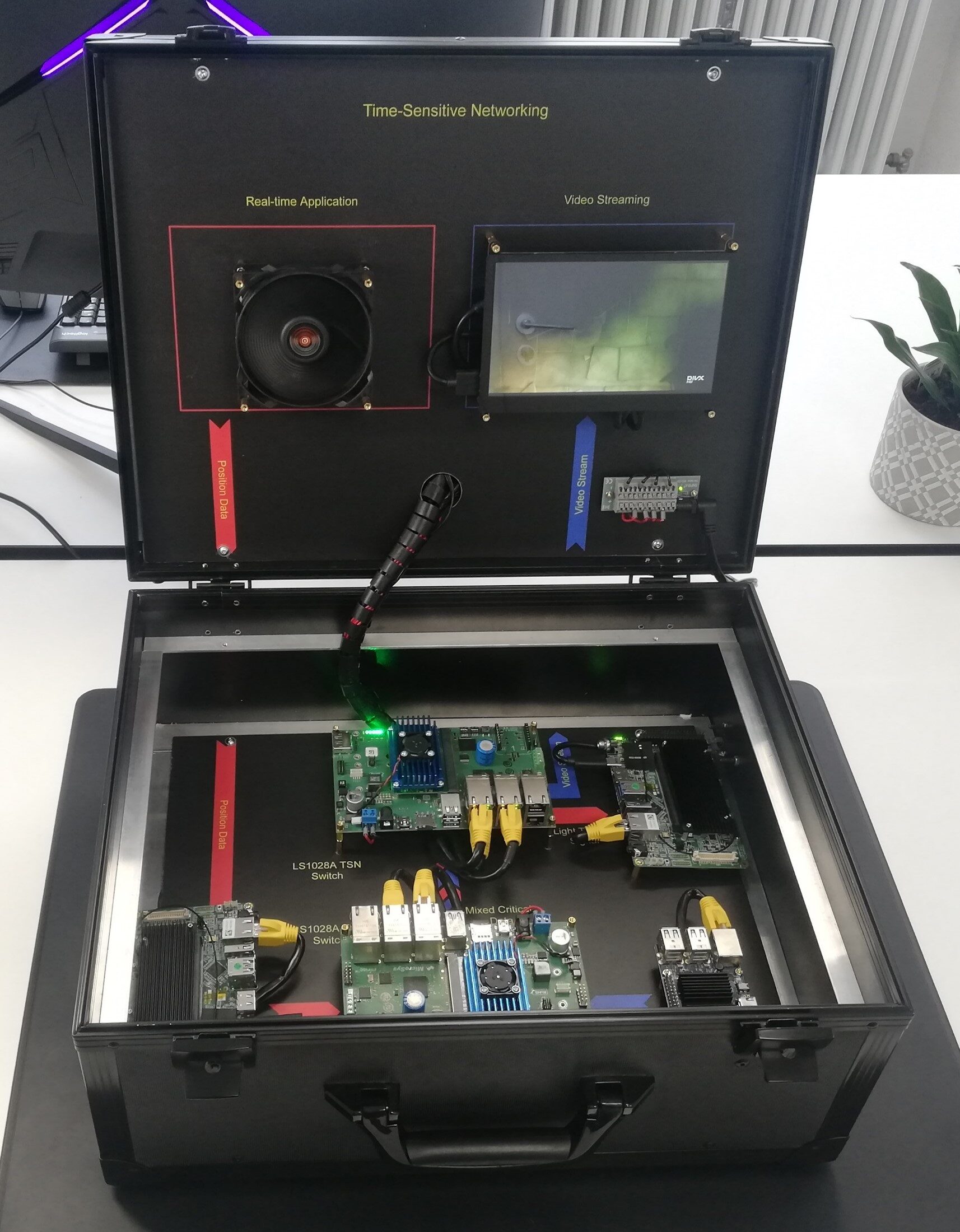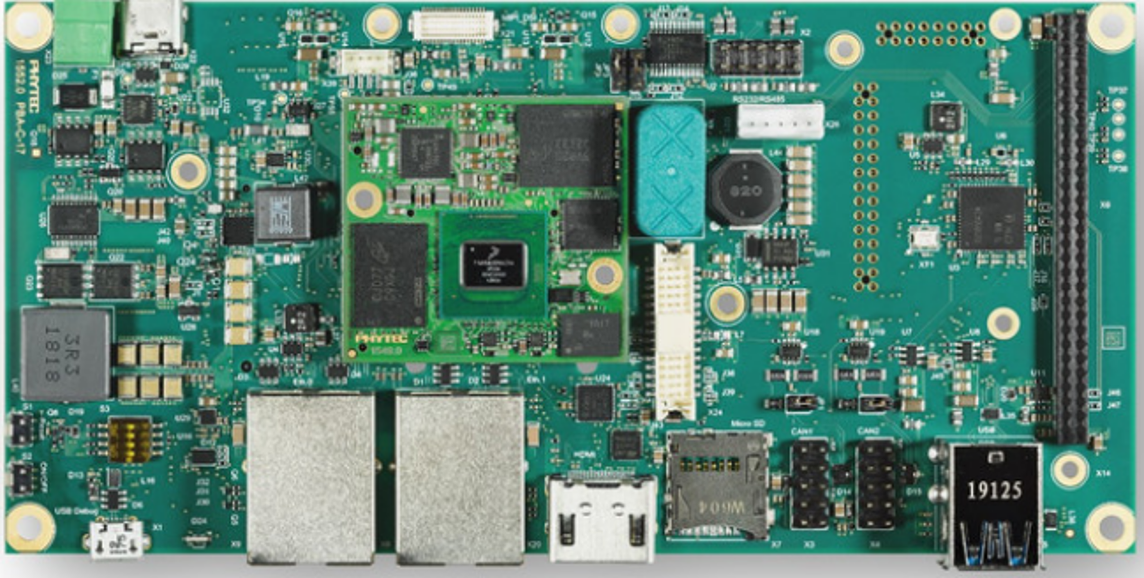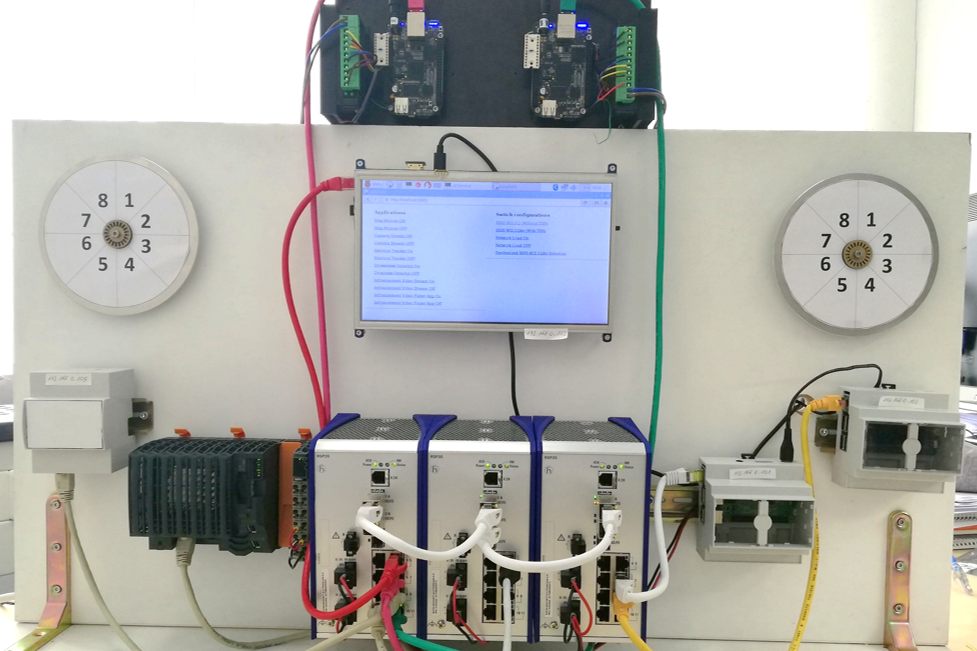Drag & Drop Your TSN Elements
To automate the steps required for network automation (schedule synthesis), we offer a unique graphical TSN modeler. It combines the strengths of the object-oriented and logic programming paradigms. Network designers can use the developed modeling framework to create a graphical network model including information about hardware, software, and time requirements. The information is used to compute the correct schedules required for the configuration of the nodes automatically. It also offers a feature to filter (hide) less relevant visual information in the model. It is significantly useful for more complex network designs where multiple designers work on different segments of the model. For instance, teams can work on different application domains and are not interested in the visual details of other domains. Without the filtering feature, the probability for design mistakes can be increased which slows down the developments. Considering the TSN-based large networked automation systems in factories, our modeling framework offers a scalable solution for modeling and automated configuration.
TSN DESIGNER DEMO
Building Prototypes
After creating a network model and verifying that the requirements have been met, the necessary hardware components are purchased and installed. With the help of the calculated traffic plan, the switch ports and end stations are configured and prepared for the execution of real-time applications.

TSN2Go Education Set

phyBOARD®-Pollux i.MX 8M Plus
End-Stations
Based on your requirements, we find the best solutions for the development of end-stations. These are synchronized with IEEE 1588 PTP-v2 using either hardware or software timestamps. The correct timing of the applications is guaranteed by correct selection of the operating system, adequate process prioritizations, and the right VLAN settings.
Learning by Doing
With the help of a simple setup, we offer you a compact course in which two synchronized stepper motors in the network are controlled. Together we configure the network and develop the control applications on two PTP synchronized end stations. We challenge the real-time application by flooding the network with best-effort traffic. We observe how TSN mechanisms protect critical streams from disruption.


